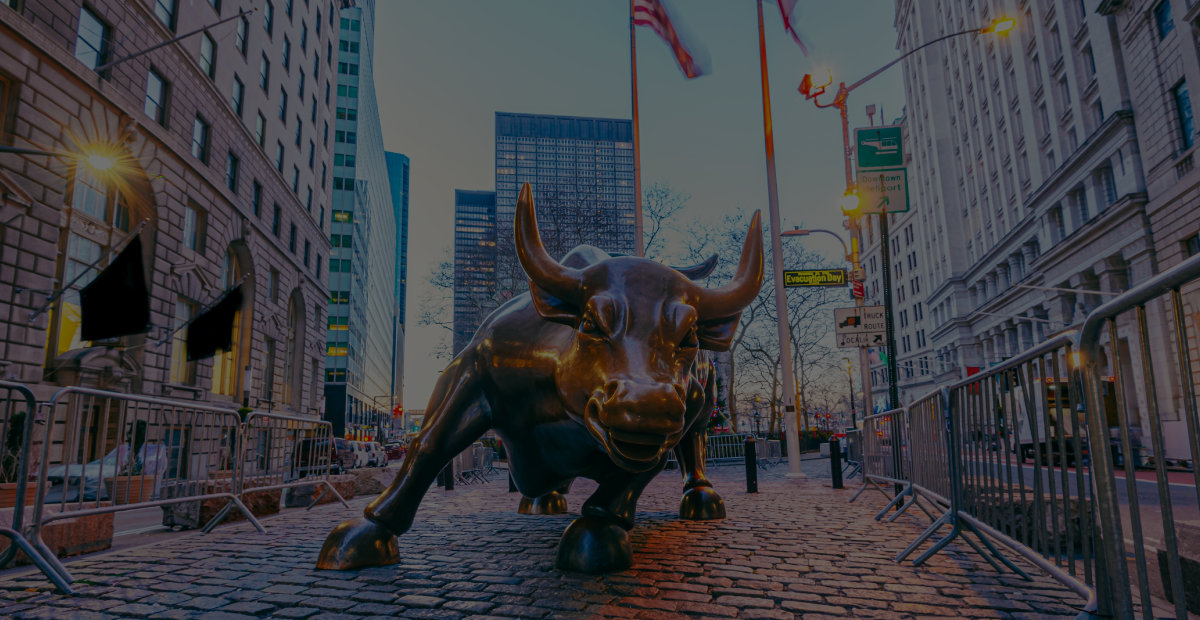Warren Buffett’s most famous investment maxim deserves careful consideration in November 2025, particularly as markets digest a year that has confounded pessimists and rewarded those who maintained conviction in American economic resilience. The US economy has demonstrated remarkable strength through 2025, with the Federal Reserve Bank of Atlanta’s GDPNow model estimating third-quarter growth at 4.0%, a figure that speaks not to desperation but to underlying vitality.
This growth trajectory becomes even more impressive when considered against the backdrop of challenges that dominated headlines throughout the year. Inflation climbed to 3.0% in September from 2.9% in August, remaining stubbornly above the Federal Reserve’s 2.0% target yet well below the crisis levels that triggered aggressive monetary tightening. Meanwhile, the Federal Reserve has implemented two rate cuts this year, most recently in October, lowering the federal funds rate to a range of 3.75% to 4.0%, signalling confidence that the economy can handle gradual policy normalization.
Perhaps most tellingly, the S&P 500 climbed 16.30% year-to-date through October, rebounding powerfully from an April downturn that briefly threatened bear market territory. The index has established fresh all-time highs repeatedly throughout the second half of the year, demonstrating that investors who looked past temporary turbulence were rewarded with substantial gains. This performance reflects more than mere speculation, it acknowledges that phenomenal American companies continue to thrive, innovate, and capture global market share.
The labour market, while showing signs of moderation from pandemic-era extremes, remains fundamentally sound. Total nonfarm payroll employment changed little in August, adding just 22,000 jobs, while the unemployment rate held steady at 4.3%. This cooling represents normalization rather than deterioration, consistent with an economy transitioning from overheated growth to sustainable expansion.
Yet prudence demands acknowledging the headwinds that cloud the path ahead. Trade tariffs remain a wildcard whose full economic impact may not yet be fully reflected in current data. The federal debt trajectory continues its concerning upward march, creating long-term fiscal vulnerabilities that will eventually demand resolution. The artificial intelligence investment boom that has powered much of 2025’s market gains faces ongoing scrutiny about whether valuations have outpaced fundamental value creation, with legitimate debate about whether current enthusiasm reflects bubble psychology or proper recognition of transformative technology.
Industrial and manufacturing output has disappointed throughout 2025, failing to participate in the broader economic strength and raising questions about whether certain sectors face structural challenges that transcend cyclical dynamics. Looking toward November 2026, midterm elections will test whether the current Congressional configuration persists, introducing political uncertainty that could influence both policy direction and market sentiment.
These concerns deserve serious attention, yet they must be weighed against America’s enduring competitive advantages. The United States continues to attract the world’s most talented individuals, who see opportunity here that exists nowhere else. The combination of deep capital markets, rule of law, property rights protection, and entrepreneurial culture creates an ecosystem that generates exceptional companies with regularity that no other nation can match.
Buffett’s exhortation to never bet against America rests on more than patriotic sentiment. It reflects cold calculation about where innovation occurs, where productivity gains materialize, and where capital can compound with reasonable security over extended periods. His track record, delivering a 19.8% annualized return for Berkshire Hathaway shareholders since 1965, provides empirical weight to this philosophical stance that transcends market commentary.
The performance of 2025 reinforces this lesson. Despite trade tensions, debt concerns, AI valuation debates, manufacturing weakness, and political uncertainty, the American economy has grown robustly, employment has remained solid, and equity markets have delivered substantial returns. Companies have adapted, consumers have proven resilient, and the fundamental dynamism that characterizes American capitalism has once again demonstrated its capacity to navigate challenge and deliver prosperity.
For investors weighing 2025’s mixed signals, Buffett’s wisdom provides useful guidance. The headwinds are real, the uncertainties genuine, and the risks material. Yet betting against the innovative capacity, adaptability, and wealth-generating power of the American economic system has proven a losing proposition across decades. Those who maintained conviction through 2025’s volatility have been rewarded. History suggests that those who maintain similar conviction through future uncertainties will likely experience comparable outcomes, however rocky the intervening journey may prove.
Disclaimer: The views expressed in this article are those of the author at the date of publication and not necessarily those of Dominion Capital Strategies Limited or its related companies. The content of this article is not intended as investment advice and will not be updated after publication. Images, video, quotations from literature and any such material which may be subject to copyright is reproduced in whole or in part in this article on the basis of Fair use as applied to news reporting and journalistic comment on events.


